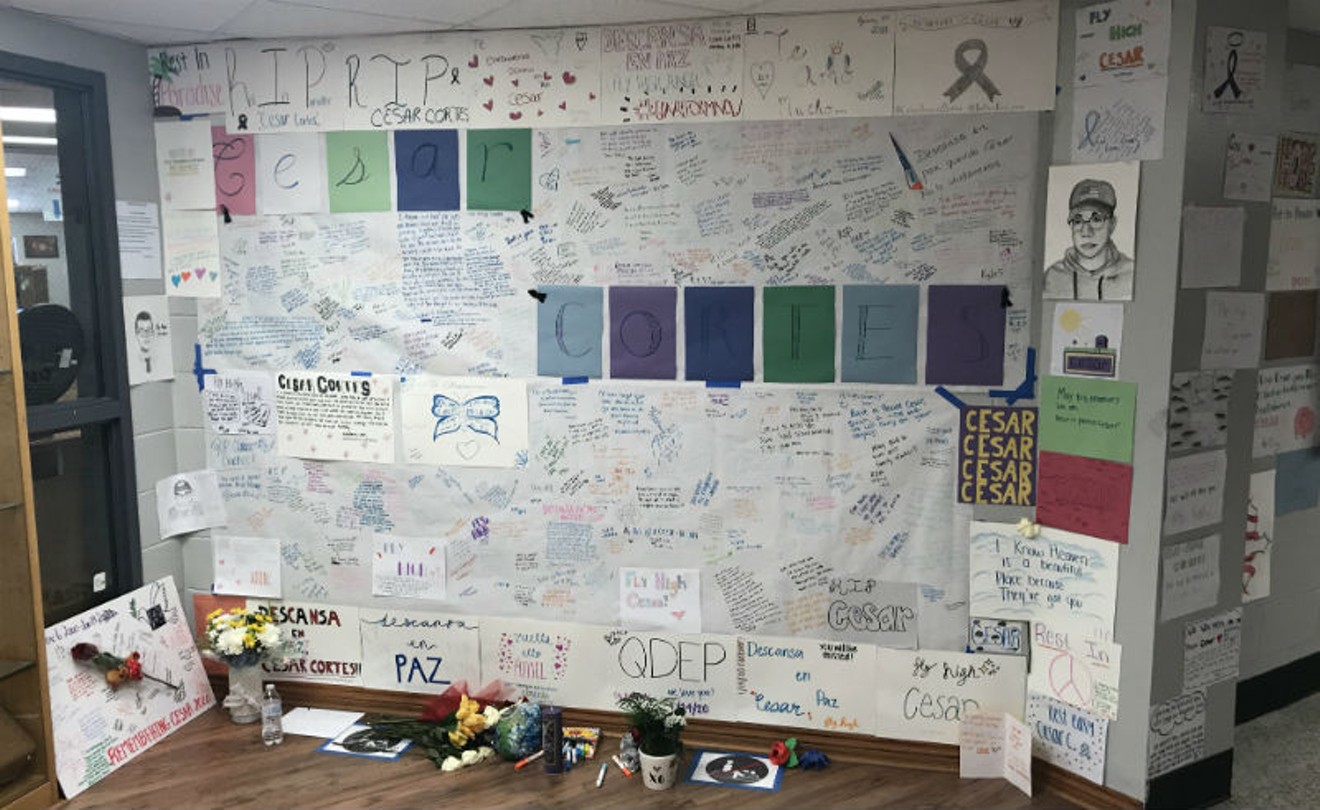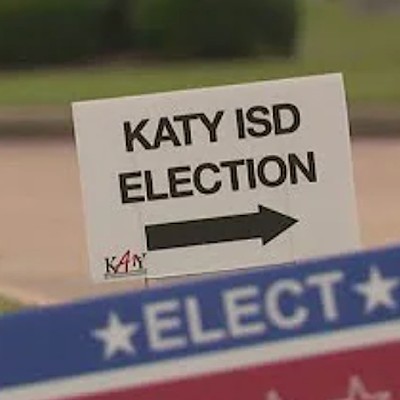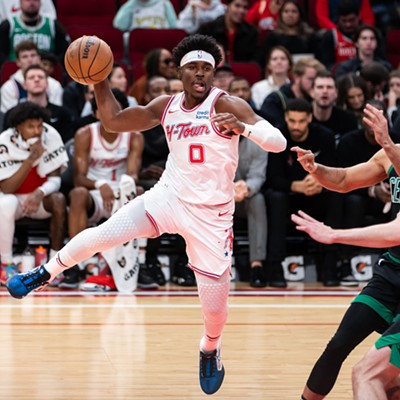
A memorial wall constructed by students outside the Bellaire High School library.
Photo by Trevor Boffone
I’m a high school teacher and last week the fear of every teacher in the United States came to pass at my school. On Tuesday, January 14 as Bellaire High School was being dismissed, Cesar Cortes, a 19-year-old senior, was accidentally shot by a classmate and shortly died at the hospital. Instantly, my school became a trending news story and my teaching would change forever.
I’ve taught for 12 years. I’ve taught in private schools, public schools, after school programs, and summer camps. I’ve taught elementary school, middle school, high school, and college. And one thing that has remained a constant everywhere I’ve been: Fear.
I’ve never felt safe. I’ve never taught in a classroom where I haven’t thought about what I would do if in the case of a school shooting. How would I block the door? Where would I have the students hide? Would I be able to fight to protect them or would I be paralyzed with fear?
I don’t have the answers and I can’t even begin to understand what actions need to be taken to prevent gun violence on campus. All I know is that a student at my school is no longer with us because someone brought a gun to school. A boy who had already enlisted in the Army to serve his country, a boy who was by all accounts sweet, fun-loving, kind, generous, a leader, wouldn’t be going to senior prom or walking the stage at graduation.
This is the new reality. This is the reality our country has allowed to take shape. This is the reality our students face when their school becomes ground zero in yet another school shooting, something that is a regular occurrence in only one country in the world—this one.
While I felt paralyzed in shock and grief for much of the week, the students were coming back to school and I needed to be there for them even if I didn’t have the answers myself. The only thing I was sure of last week was that my priority was the students at my school—not just the students in my class, but the entire student body. Nothing else mattered.
As I scrolled through Instagram Tuesday night, I saw that the students wanted to wear black ribbons to commemorate Cesar. The next day I purchased black ribbon and safety pins. A friend who works at Carnegie Vanguard High School asked me what he could do to help and I asked if his students would give us a head start and make the ribbons. Five hours later I picked up a box of 2,400 black ribbons to distribute the next day. I posted on Instagram that I would be in my room with ribbons and donuts starting an hour before school. I had no idea what to expect.
Normally when I get to my classroom, there is the same handful of students sitting quietly in the hallway. When I turned the corner on Thursday, there were about 30 students waiting for me. I unlocked the door and quickly set up the room—a table for ribbons, a table for donuts, and a table for art supplies for students who wanted to write something or make a poster for Cesar.
In the hour before school started, we distributed 2,400 ribbons. Students, faculty, and administrators poured through my room. We shared hugs. We shed tears. And we began the day in an act of solidarity knowing that we would get through this together.
When first period began, I didn’t know what to say. I fought back tears as I told my students that I loved them and that I was there for them. Everyone in my class needed something different, but for a handful of us, we needed action. I told my students they could make posters for a memorial wall that we would put up in front of the library. I got massive sheets of butcher paper and had students write out Cesar’s name. At the start of second period, we put up the butcher paper with the posters students had made all around it. Taking our lead, students quickly added to the wall, writing messages on the butcher paper and adding their own posters. By fourth period, we had to add more butcher paper to an adjacent wall. The outpouring of love from the students and staff was palpable. We all needed a communal space to be together and pay our respects to Cesar.
I continued this work all day Thursday and Friday. I allowed space in my classes for students to process in their own way. Some wanted to talk to me, some wanted to make posters, some wanted to do schoolwork, some wanted to disassociate, and some didn’t know what they wanted to do. And all of these were appropriate emotions.
Could I have done more? I’m sure of it. Did I have any clue what I was doing? No. There is no teacher manual for what to do after a school shooting. There is no class or book that can ever prepare you for what you will face when coming back to school. There is nothing that I can even say to adequately encompass how emotionally draining it was.
Could I have done more? I’m sure of it. Did I have any clue what I was doing? No. There is no teacher manual for what to do after a school shooting.
tweet this
What I hope is that the teachers at my school will be the last teachers in this country to experience what I have went through in the past week. I hope no other teachers have to figure out what to say to their students when one of their classmates, one of their friends, has died from yet another school shooting.
As law-makers, as teachers, as administrators, as parents, as engaged citizens, we can’t allow this to become the new normal. If we do, we will have failed our students, we will have failed our future.








